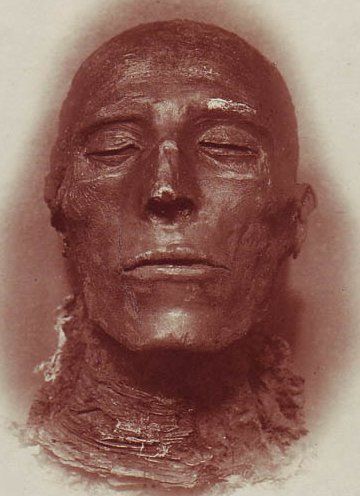
“The Forest Kingdom of Mongo” was the eighth installment of Alex Raymond’s Flash Gordon Sunday comic strip serial for King Features Syndicate. Originally printed between October 25, 1936 and January 31, 1937, “The Forest Kingdom of Mongo” picks up the storyline where the seventh installment, “The Undersea Kingdom of Mongo” left off with Flash, Dale, and Zarkov winging their way to Prince Barin’s kingdom when they are ambushed by Ming’s air fleet. Their rocket ship is shot down and crash lands in an unknown forest near Mount Karakas. Ming orders Lu Chao, the commander of the air fleet to recover Flash’s body while Flash, an injured Zarkov, and an unconscious Dale stagger off into the forests.
Flash and Zarkov seek shelter in a nearby cave where Dale recovers consciousness. Lu Chao and his fleet arrive at the scene of the crash to discover the stolen rocket ship has been consumed by flames. Taking no chances that Flash might have survived, Lu Chao orders his men to set fire to the forest before they depart leaving the trio cut off by flames at every turn.
Flash, Dale, and Zarkov flee before the flames. Entering a clearing they come upon a number of prehistoric beasts who are also fleeing the spreading forest fire. Flash scrambles up a tall tree and spies a nearby river. The trio takes to the water clinging to a felled tree when a carnivorous ursodile surfaces and approaches them.
Thinking quickly, Flash breaks off a branch from their floating tree and dives into the water to tackle the ursodile head on. As the creature lunges for the kill, Flash jams the branch between its jaws, rendering it helpless. Reuniting with Dale and Zarkov, the trio sees they are completely cut off from coming ashore by the raging fire. Lu Chao reports to Ming that no one could have survived the forest fire and the rocket ship’s explosion. At long last, Flash Gordon is dead.
TO CONTINUE READING THIS ARTICLE, PLEASE VISIT HERE.
William Patrick Maynard was authorized to continue Sax Rohmer’s Fu Manchu thrillers beginning with The Terror of Fu Manchu (2009; Black Coat Press). A sequel, The Destiny of Fu Manchu is due for publication in December 2011. Also forthcoming is a collection of short stories featuring an original Edwardian detective, The Occult Case Book of Shankar Hardwicke and an original hardboiled detective novel, Lawhead. To see additional articles by William, visit his blog at SetiSays.blogspot.com








.jpg)